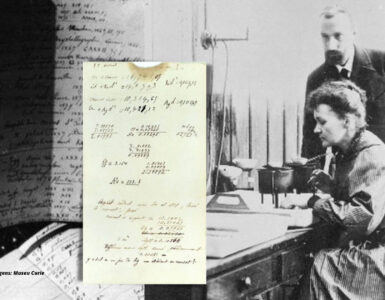Navigating with the help of stars was a widespread practice in the earlier centuries for Travellers across the world and is still considered a valuable skill for boaters to know the direction. Let’s understand how travellers use stars to navigate across oceans.
How Do Travellers Navigate Using Stars?
Here are some basic steps that mariners have used to navigate according to history.
Knowing The Constellations
Constellations are the formation of stars into a group by creating a recognisable pattern in the sky. As the earth revolves in the sky around the year, it notices different constellations being formed in different seasons. Certain constellations are visible throughout the year in the hemisphere in which they are present. These constellations are called circumpolar constellations; navigating using celestial bodies depends on the constellations’ position, formation, and movement. Circumpolar constellations are very helpful in letting navigators find their way while travelling, using stars. Some of the primary constellations that are present in both the northern and the southern hemisphere that navigators used are

Ursa Major: Ursa Major, also known as the Great Bear, is a prominent constellation resembling a bear in the Northern Sky. The constellation has a famously known group of Seven Stars known as the Big Dipper. This group of stars is easy to spot in the Northern sky, and it is shaped like a handle and is also used to find the north star. Some other names of the big dipper are the Plough, the Saucepan, the Great Wagon, etc.
Ursa Minor: The group of stars forming the Ursa Minor is known as the little dipper. The constellation is also known as the Little Bear, and the group of stars is known as the Little Dipper. This group of stars is also crucial for navigation as the last star of the little dipper’s handle is the north star.
Orion: Orion, also known as the Hunter, is so because the constellation resembles a hunter holding the bow. Three bright stars forming the Orion Belt, and the remaining five make the hunters head, shoulder and feet. This is one of the easiest constellations to find in the Northern hemisphere.
Finding the North Star
North Star has been one of the most reliable support for travellers to find directions when travelling across the world. Also known as the Polaris, the star is located just above the earth’s North Pole and does not change its position. Based on the visibility of different constellations, seafarers use to find the North star in different ways.
The Little dipper: The Little Dipper is not a bright constellation, unlike the Big dipper. So while navigating, seafarers always made sure to not confuse between the two of them. Since the North Star is located at the tail end of the little dipper, travellers often try finding this constellation to locate the North Star.
The Big Dipper: Finding the big dipper is often considered the quickest way to locate the north star. To locate the north star, the Polaris needs to find the big dipper and the two stars that form the front of the handle. These two stars are called the Dubne and the Merak. If one follows the line extending from these two stars to the tip of the bowl, they will locate the north star since it is five times the distance between the Dubne and the Merak.
The Cassiopeia: The Big Dipper is found in the lower Northern sky and is often hidden by the horizon. So people often use Cassiopeia to find the Polaris since it is located opposite the North Star from the Big Dipper.

Finding The Southern Cross
The Polaris is visible from the northern hemisphere only. So when travellers travel towards the south of the Equator, they locate the southern cross for determining their direction. The southern cross is found at the highest point of the night sky in the southern hemisphere all around the year. So seafarers calculate their direction of travel by using the southern cross.
Find the Remaining Two Directions
If you have found the north star in the Northern hemisphere for the southern cross in the southern hemisphere, it is easy to find the remaining two directions. If you face north, then your right arm points towards the east side and the left arm points towards the and vice versa. Using these ways have been very effective in finding direction at night





























